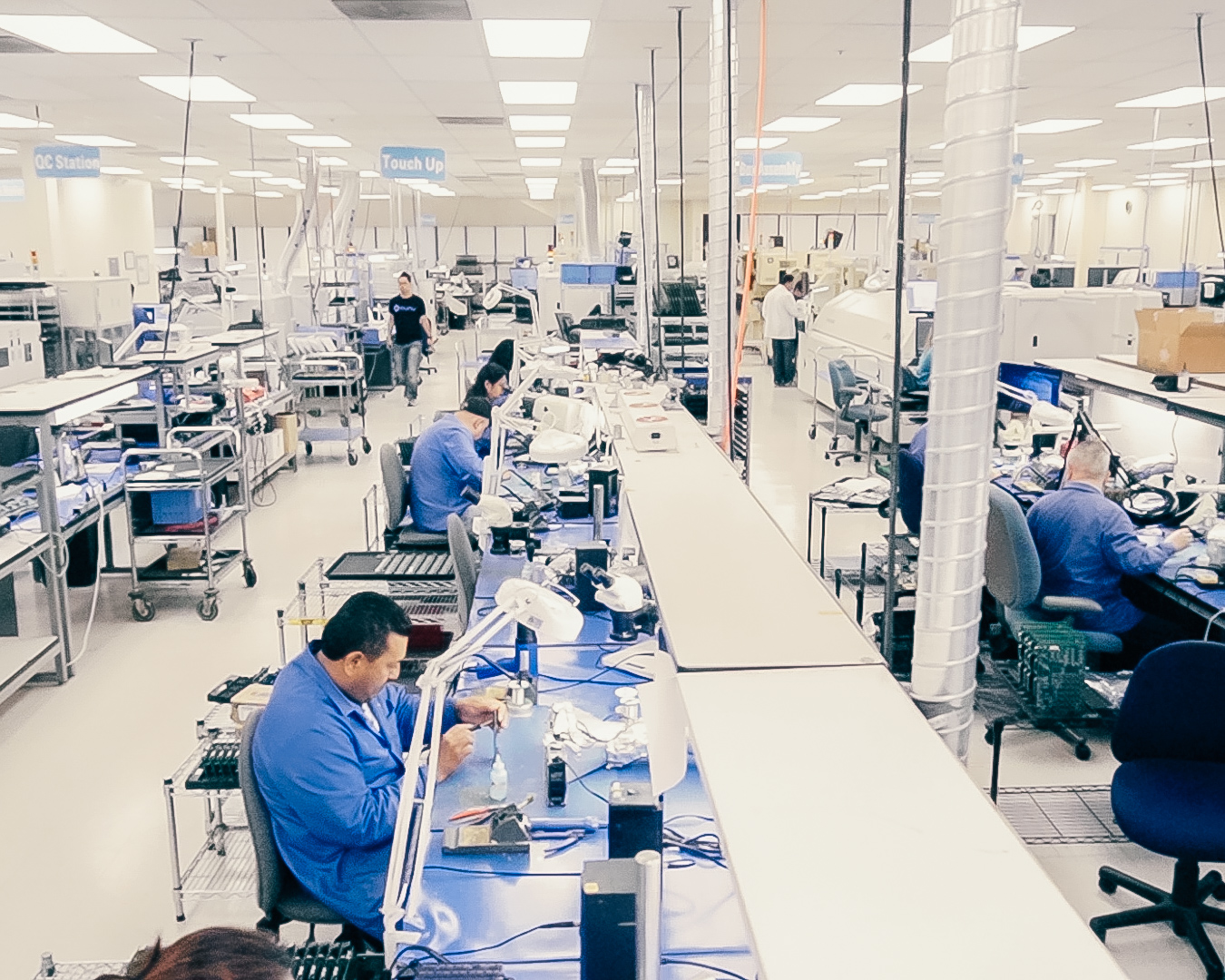Speed, Precision, & Lower Costs.
Ultrasonic welding is an industrial technique that applies high-frequency ultrasonic acoustic vibrations to two pieces being held together to create a solid-state weld. A joint is created at the place they are fused. Ultrasonic welding is most often used for metals and plastics and especially for joining pieces of different materials.
With ultrasonic welding, there is no adhesive, soldering materials, or nails used. To ultrasonic weld metals together, high pressure and friction of pieces the are used. With plastics, the plastic absorbs vibrational energy and causes local melting which fuses the pieces together. The frequency for ultrasonic welding can range from 15 kHz to 70 kHz.
Thermoplastic ultrasonic welding:
Thermoplastic ultrasonic welding is usually for small parts such as for cellphones, toys, disposable medical tools, etc. Metal ultrasonic welding is limited to small welds of thin and malleable metals such as nickel, copper, aluminum. Materials with higher melt temperatures require more energy to weld and stiffer materials are easier to weld. For pieces made of different materials, they need to have a similar molecular structure to weld. Crystalline materials can only be welded to themselves.
Benefits of ultrasonic welds:
Ultrasonic welds are faster than other welding methods, with a very quick dry time so the pieces do not have to held together for long periods. Ultrasonic welds create tight seals and precise joints. Ultrasonic welding can be automated and helps save on production costs.
Components of an ultrasonic welding system:
- A press to assemble parts using pressure
- An anvil or fixture where the parts are placed to allow the ultrasonic vibration to be directed to the (interfaces)
- Ultrasonic stack compromising of a converter that changes the electrical signal into a mechanical vibration, a booster (amplitude transformer) that modifies the vibration, and a welding tool (sonotrode) that applies the vibration to the pieces to be welded
- An electronic ultrasonic generator creates high voltage in the required ultrasonic frequency
- A controller to control the press and distribution of the ultrasonic energy
Types of ultrasonic welds:
- Close welding is where the weld tool is applied less than 6.35mm from the assembly joint
- Distant welding is where the weld tool is applied more than 6.35 mm from the assembly joint
- Inserting involves inserting metal components into holes in the molding and embedding them using ultrasonic welding
- Spot welding uses ultrasonic welding without premade holes or energy directors
- Staking melts and reforms a post on molding to mechanically lock dissimilar materials together
Why Us
Let's Build Your Next Project
Or Call Us 1.408.969.0888



